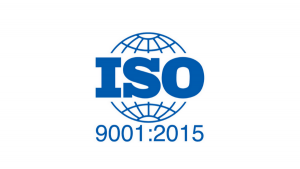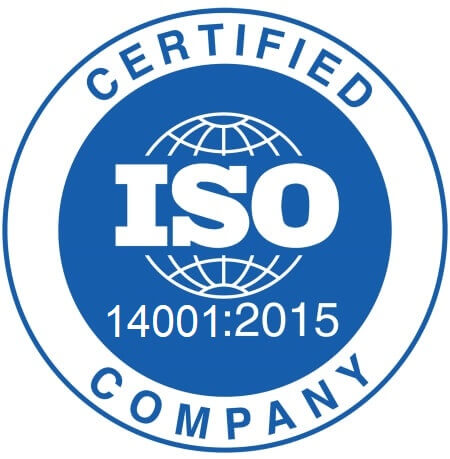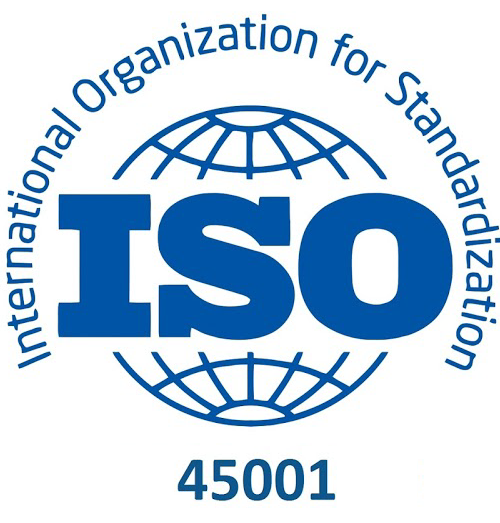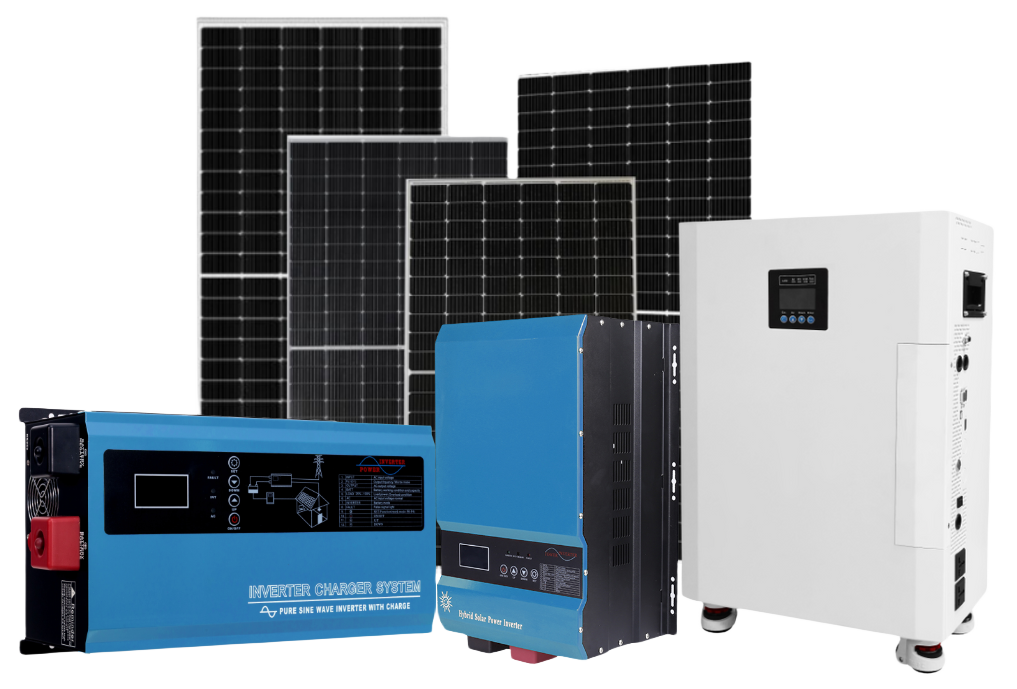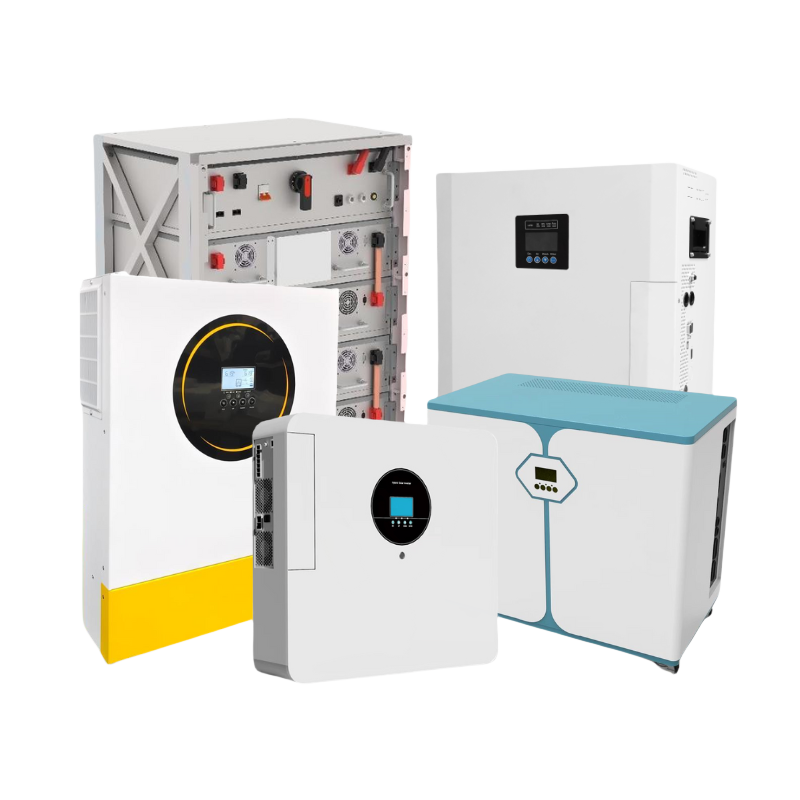Introduction
The advent of solar power as a mainstream energy source has revolutionized how we harness and utilize energy, marking a significant stride towards sustainable living. Central to the efficiency and effectiveness of solar power systems is a relatively unheralded yet critical component: the solar charge controller.
This piece delves into the intricacies of solar charge controllers, exploring their functionality, necessity, types, selection criteria, and the best practices for installation and maintenance. By understanding these elements, users can optimize their solar power systems, ensuring maximum performance and sustainability.
Part 1: What is a Solar Charge Controller?
A solar charge controller, often referred to as a solar regulator, is a crucial device within a solar power system, tasked with managing the flow of electricity from solar panels to a battery bank or inverter.
Its main role is to regulate incoming voltage and current to prevent battery overcharging, which can cause significant damage or even failure, thereby impacting the system’s efficiency and the battery’s lifespan. Overcharging can lead to overheating, chemical imbalance, or even explosive scenarios, making the charge controller vital for safe operation.
By ensuring batteries charge at an optimal rate and protecting them from electrical mishaps, solar charge controllers play an essential part in maintaining the health of solar power setups, enhancing their durability and effectiveness in utilizing solar energy.

Part 2: Why are Solar Charge Controllers Necessary?
2.1 Battery Protection
The fundamental purpose behind the deployment of a solar charge controller within a solar power system is to safeguard the battery against the risks of overcharging and deep discharging.
This protective measure is crucial as batteries operate within defined voltage and current thresholds to maintain their integrity and functionality. Surpassing these set parameters can lead to irreversible damage to the battery cells, manifesting as diminished capacity, a shortened lifespan, and in extreme scenarios, outright battery failure. Such outcomes not only compromise the energy storage efficiency but also escalate maintenance costs and system downtime.
Moreover, consistent overcharging accelerates the degradation of battery materials, while deep discharging can stress the battery, making it unable to hold a charge over time.
Therefore, employing a solar charge controller is essential for prolonging battery life, ensuring stable power supply, and optimizing the overall performance and reliability of the solar power system.
2.2 Optimized Charging
Solar charge controllers are engineered to facilitate the most efficient charging method for batteries within a solar power system, utilizing advanced charging algorithms like PWM (Pulse Width Modulation) and MPPT (Maximum Power Point Tracking).
These algorithms play a critical role in enhancing energy transfer from solar panels to batteries by fine-tuning the charging rates to match the battery’s current state of charge.
By doing so, they optimize the charging cycle, ensuring batteries are neither undercharged, which can lead to sulfation, nor overcharged, which risks overheating and swelling. This precise management of the charging process not only significantly extends the battery’s operational life but also boosts the solar system’s overall efficiency and output.
Optimized charging thus represents a synergy between technology and sustainability, ensuring solar power systems operate at peak performance while minimizing environmental impact through prolonged battery usage and reduced waste.

2.3 Preventing Reverse Current Flow
At night, solar panels cease their electricity production due to the absence of sunlight, creating a potential for the power stored in the batteries to inadvertently flow back into the panels—a phenomenon known as reverse current flow. This backflow can deplete the batteries, leaving them insufficiently charged for subsequent use.
Solar charge controllers effectively mitigate this issue by acting as a gatekeeper, preventing reverse current flow and thus conserving the stored energy within the batteries.
This function is crucial, as it ensures that the power accumulated during the day remains available for use when solar energy is not being generated, such as during nighttime or on overcast days.
By maintaining the integrity of the stored power, solar charge controllers play an indispensable role in the reliability and efficiency of solar power systems, ensuring that energy is available precisely when it’s needed the most.
Part 3: Types of Solar Charge Controllers
Solar charge controllers come primarily in two types: PWM (Pulse Width Modulation) and MPPT (Maximum Power Point Tracking) controllers, each with its distinct advantages and operational mechanisms.
PWM (Pulse Width Modulation) Controllers
PWM controllers stand as the more straightforward and budget-friendly option in the realm of solar charge regulation.
They operate by modulating the energy flow to the batteries, employing a series of quick charging pulses that decrease as the battery nears its full capacity. This method helps prevent overcharging and ensures the battery is maintained within safe charging parameters.
Although not as efficient in converting solar energy as their MPPT counterparts, PWM controllers are highly effective for smaller, simpler solar setups.
They are best matched with systems where the solar panel’s output voltage is in close alignment with the battery’s voltage, ensuring a harmonious and cost-efficient solar solution for small-scale applications.

MPPT (Maximum Power Point Tracking) Controllers
On the more advanced end of the spectrum, MPPT controllers excel in maximizing the extraction of power from solar panels. These sophisticated devices dynamically adjust the electrical operating point of the solar modules or array, allowing them to capture the maximum power available, regardless of environmental conditions.
By converting excess voltage into additional current, MPPT controllers efficiently charge the batteries at the ideal voltage level, even when the solar panels produce more voltage than the batteries can typically accept.
This capability renders MPPT controllers exceptionally suitable for larger, more complex solar systems characterized by fluctuating energy demands and varying solar input conditions.
They can significantly enhance the system’s overall energy efficiency, making them a preferred choice for extensive installations seeking to optimize solar energy utilization.
In conclusion, the choice between PWM and MPPT controllers should be informed by the specific requirements of the solar power system, including the scale, budget, and desired efficiency. Whether for a compact residential setup or a sprawling commercial project, understanding the unique features of each controller type is essential for selecting the right device to manage solar energy effectively.

Part 4: Selecting the Right Solar Charge Controller
Selecting the appropriate solar charge controller is a critical decision that significantly impacts the efficiency and longevity of your solar power system. To ensure optimal performance and compatibility, it’s essential to weigh several key factors carefully before making your choice.
4.1 System Size and Complexity
The scale and intricacy of your solar installation dictate the type of controller that best suits your needs.
MPPT (Maximum Power Point Tracking) controllers are designed to maximize energy extraction in larger, more complex systems with high energy demands. These systems often involve a diverse array of solar panels and varying environmental conditions.
Conversely, PWM (Pulse Width Modulation) controllers are generally more suitable for smaller, simpler setups where the energy requirement is lower, and the system architecture is straightforward.
Understanding the scale of your solar project is the first step in selecting the right controller.

4.2 Battery Type
The diversity in battery technology necessitates compatible charge controlling to safeguard battery health and optimize performance. Different battery types, such as lead-acid, lithium-ion, and others, have distinct charging parameters and behaviors.
For instance, lithium-ion batteries require a more precise charging algorithm to maintain their efficiency and lifespan, which some advanced MPPT controllers can provide.
Ensuring that your chosen controller is fully compatible with your specific battery type is crucial for maintaining system integrity and longevity.
4.3 Voltage and Current Requirements
Solar charge controllers must be capable of handling the electrical output produced by your solar panels, as well as meeting the charging requirements of your battery bank.
This involves matching the controller’s voltage capabilities with that of your solar panel array and ensuring it can deliver or manage the current levels needed by your batteries.
Overlooking these specifications can lead to suboptimal charging, potential damage to your system components, or even safety hazards.
4.4 Additional Features
Modern solar charge controllers come equipped with various additional features that enhance usability and provide greater control over your solar power system.
Features such as LCD displays offer real-time monitoring of system performance, including voltage, current, and overall system health. USB ports for device charging add a layer of convenience, allowing you to directly power devices from your solar system.
Furthermore, built-in Bluetooth and accompanying mobile apps enable remote system monitoring and adjustments, providing insights into your system’s operation from anywhere.
These features, while not strictly necessary for the basic function of a solar charge controller, can significantly improve user experience and system management.

Part 5: Installation and Maintenance
Proper installation and diligent maintenance are indispensable for ensuring that solar charge controllers operate at their peak efficiency, safeguarding the longevity of your solar power system. To achieve this, the installation process should strictly adhere to the manufacturer-provided guidelines and be compliant with all relevant local electrical codes.
Installation Considerations
When installing a solar charge controller, it’s crucial to:
- Select the Proper Location: The controller should be installed in a location that minimizes exposure to the elements and extreme temperatures, which could affect its operation. The location should also facilitate easy access for monitoring and maintenance activities.
- Ensure Proper Ventilation: Solar charge controllers can generate heat during operation. It’s essential to ensure that there is adequate ventilation around the controller to dissipate heat efficiently, preventing overheating and potential damage.
- Use Correct Wiring: The wiring used should match the specifications required for the solar charge controller and your solar system’s configuration. Correct wiring ensures optimal performance and minimizes the risk of electrical fires or component failure.
Maintenance Practices
To maintain a solar charge controller in top condition, consider the following practices:
- Regular Inspection: Periodically inspect the controller and its connections for signs of wear, corrosion, or damage. Environmental factors can cause connections to degrade over time, potentially leading to poor system performance or safety hazards.
- Cleaning: Dust and debris can accumulate on the solar charge controller, which may impede proper heat dissipation and potentially lead to overheating. Regular cleaning of the controller’s exterior with a soft, dry cloth can help prevent this issue.
- Performance Monitoring: Keep a close eye on the solar charge controller’s performance indicators. Many modern controllers offer diagnostic features or error codes that can alert you to issues within your solar power system. Prompt detection and resolution of these issues can prevent more significant problems down the line.
- Software Updates: For solar charge controllers equipped with software or firmware, ensure that they are kept up-to-date. Manufacturers may release updates that improve functionality, add new features, or address known issues.
By following these installation and maintenance guidelines, you can significantly enhance the performance and lifespan of your solar charge controller. A well-maintained controller not only ensures the efficient operation of your solar power system but also plays a critical role in protecting your investment in solar energy.

Part 6: FAQ for Solar Charge Controller
Q1: How do solar charge controllers protect batteries?
They prevent overcharging and deep discharging by controlling the power flow, maintaining battery health, and ensuring optimal charging rates.
Q2: Can I use any solar charge controller with my solar panels?
No, you should choose a controller that matches the voltage and current requirements of your solar panels and battery bank for optimal performance.
Q3: How do I determine the right size of solar charge controller for my system?
Calculate the maximum output current of your solar panels and choose a controller that can handle at least that current at the system’s voltage.
Q4: What’s the difference between PWM and MPPT controllers?
PWM is simpler and cost-effective, suitable for smaller systems, while MPPT is more efficient and ideal for larger systems with varying energy demands.
Q5: How do solar charge controllers contribute to system efficiency?
By optimizing charging rates and preventing energy waste, controllers maximize battery life and ensure the system uses solar power efficiently.
Q6: Is it possible to monitor my solar power system through the solar charge controller?
Many modern controllers offer monitoring features through LCD displays, built-in Bluetooth, or mobile apps for real-time system performance tracking.
Q7: What should I do if my solar charge controller displays an error code?
Refer to the user manual for specific error code troubleshooting or contact the manufacturer for support.
Q8: How does weather affect the performance of solar charge controllers?
While the controllers themselves are designed to operate in various conditions, extreme weather can affect solar panel output, which in turn influences how the controller manages charging.
Conclusion
The role of solar charge controllers in the realm of renewable energy cannot be overstated. They are the linchpins in ensuring that solar power systems operate efficiently, safely, and sustainably. As we move towards a greener future, understanding and utilizing these devices to their fullest potential is paramount.
For those seeking to implement or upgrade their solar power systems, SolarCtrl offers cutting-edge solutions designed to maximize energy utilization and system lifespan. With our advanced controllers and expert guidance, harnessing the power of the sun has never been easier or more efficient.
Visit SolarCtrl today to explore our offerings and take the next step in your solar energy journey. Let SolarCtrl be your partner in powering a brighter, more sustainable future.














